Picture this: millions of tourists flock to glittering casino destinations around the world, dropping serious cash on tables and slots. But in many of these same places, the people who live there? They’re nowhere to be found on the gaming floors. It’s like having a world-famous restaurant in your neighborhood that you’ve never eaten at.
This phenomenon isn’t just a coincidence — it’s often by design, economics, or pure survival. Here is a list of 20 casino destinations where the locals have good reasons to stay away from the action.
Marina Bay Sands, Singapore
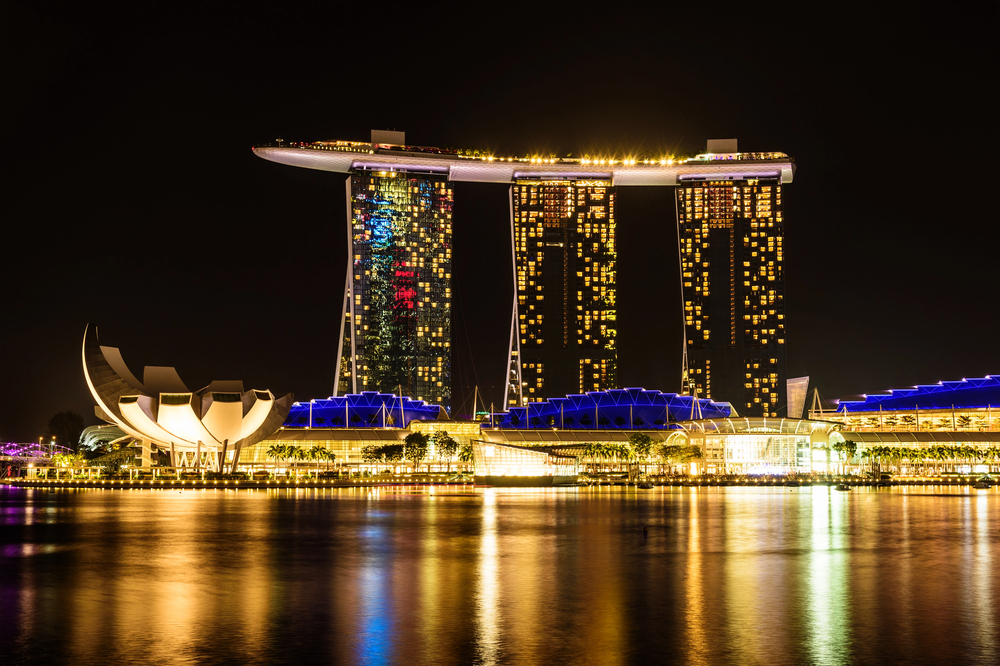
— Photo by detanan
Singapore hits locals with a hefty entry fee of $150 per day or $3,000 annually just to walk into a casino. The government deliberately designed this system to discourage casual gambling among residents while welcoming tourists with open wallets. This steep entrance fee was an initiative to protect locals from gambling addiction and ensure casino profits came primarily from foreign visitors. It’s like charging admission to your backyard barbecue.
The Venetian, Macau
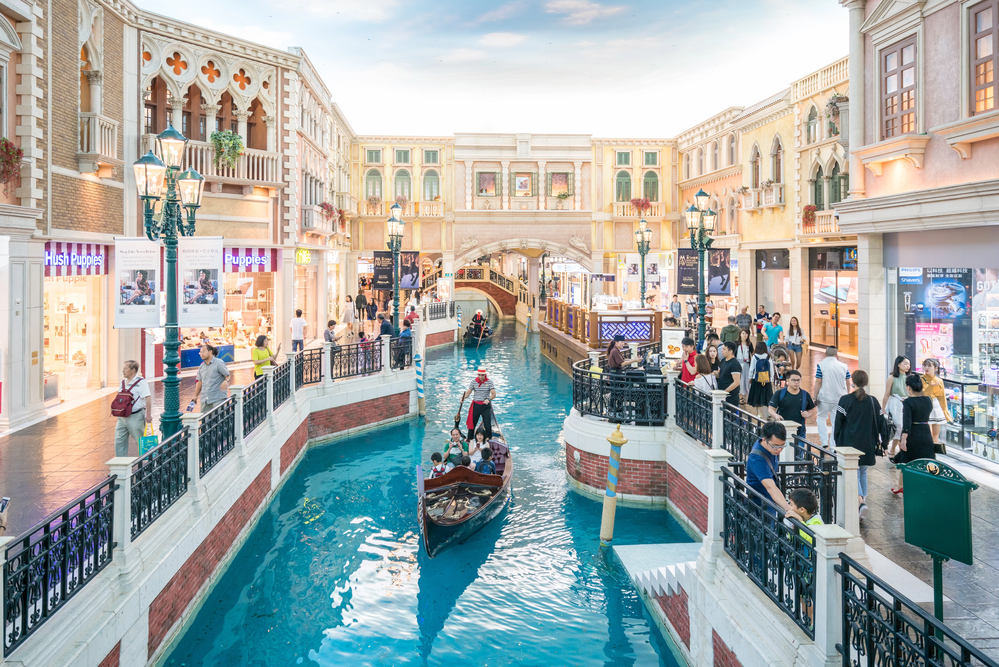
— Photo by ake1150sb
There’s no law stopping Macau residents from gambling, but tourists vastly outnumber them. The gaming industry in Macau has historically been driven by VIP players from mainland China, with locals representing only a small fraction of casino patrons. The massive scale and high-stakes atmosphere of venues like The Venetian naturally cater to international visitors rather than residents looking for casual entertainment.
Borgata, Atlantic City, New Jersey
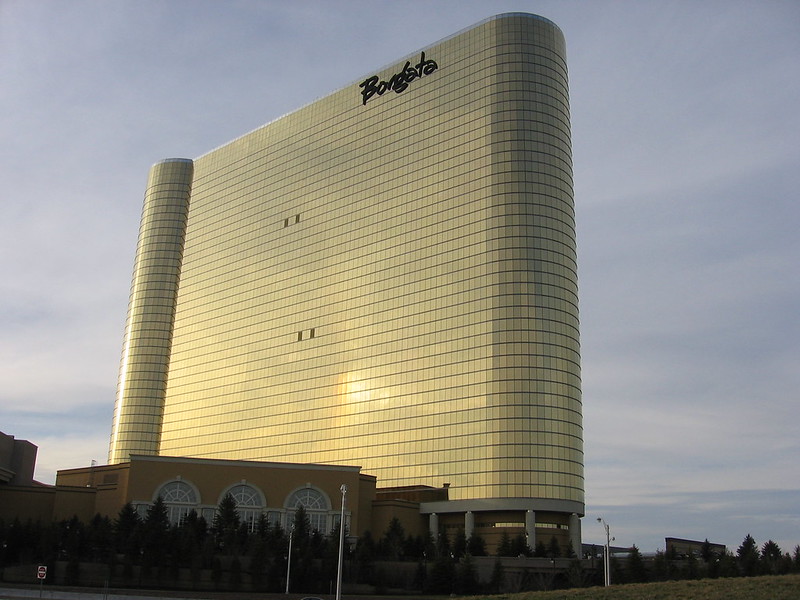
Atlantic City tells a tale of economic contrast. The city has one of the highest unemployment rates in the U.S., and nearly one-third of its population lives below the poverty line. Many locals work in the casinos, but gambling isn’t part of their routine entertainment. The economic reality means most casino profits flow to owners, workers who commute from other areas, and state tax coffers rather than circulating locally.
WinStar World Casino, Oklahoma
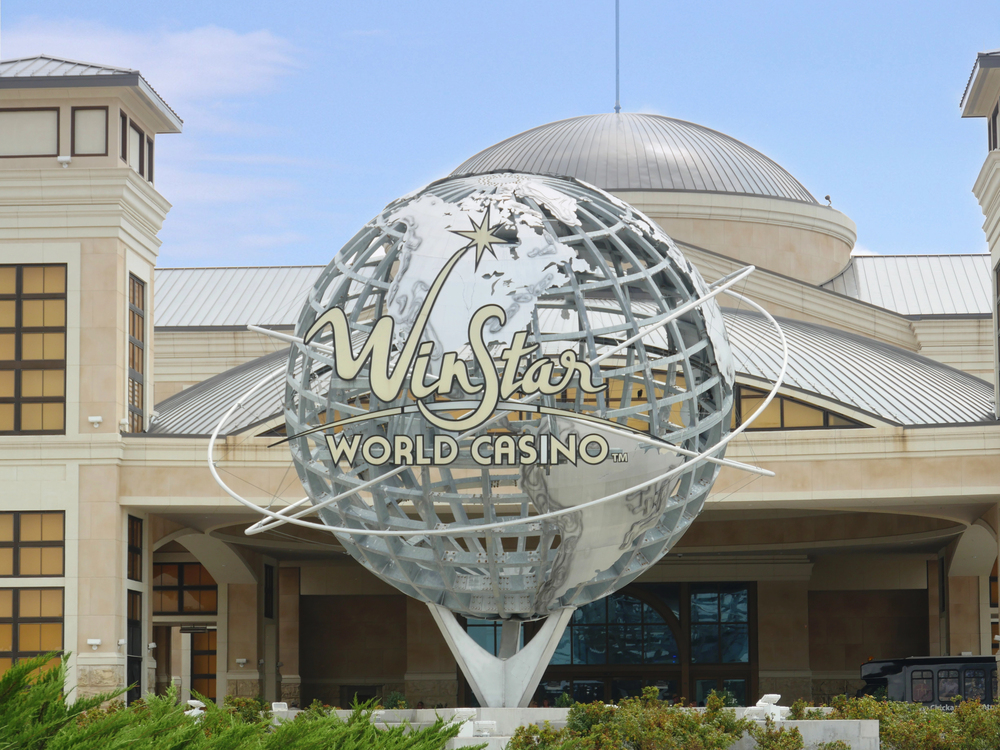
— Photo by raksyBH
Native gaming represents a complex cultural situation where casinos serve multiple roles beyond entertainment. For many tribal communities, casinos are economic engines that fund essential services, create jobs, and support community development. Many locals view these establishments primarily as sources of employment and community funding, rather than places for personal entertainment.
Foxwoods Resort Casino, Connecticut

— Photo by sainaniritu
This massive tribal casino employs thousands of workers from across the region. For many locals, Foxwoods represents an employment opportunity rather than an entertainment destination. The scale and tourist-focused amenities create an environment that feels designed for visitors, making it a special trip rather than a destination for locals stopping by for casual gaming.
Resorts World Sentosa, Singapore
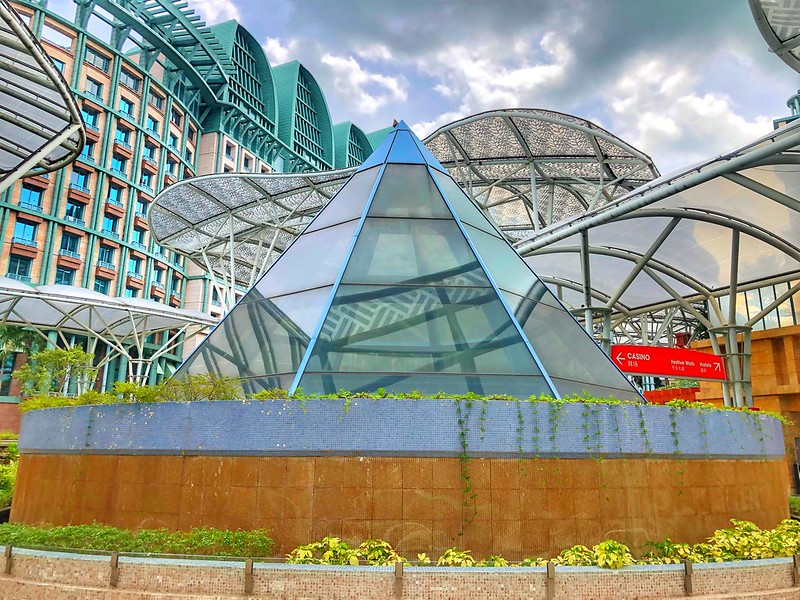
Like its Marina Bay counterpart, this casino charges locals the same prohibitive entry fees. Singaporeans and permanent residents must pay an entry levy prior to entering the casino premises, while foreign nationals enter for free. The government’s strategy successfully keeps locals away while attracting international tourists.
Mohegan Sun, Connecticut
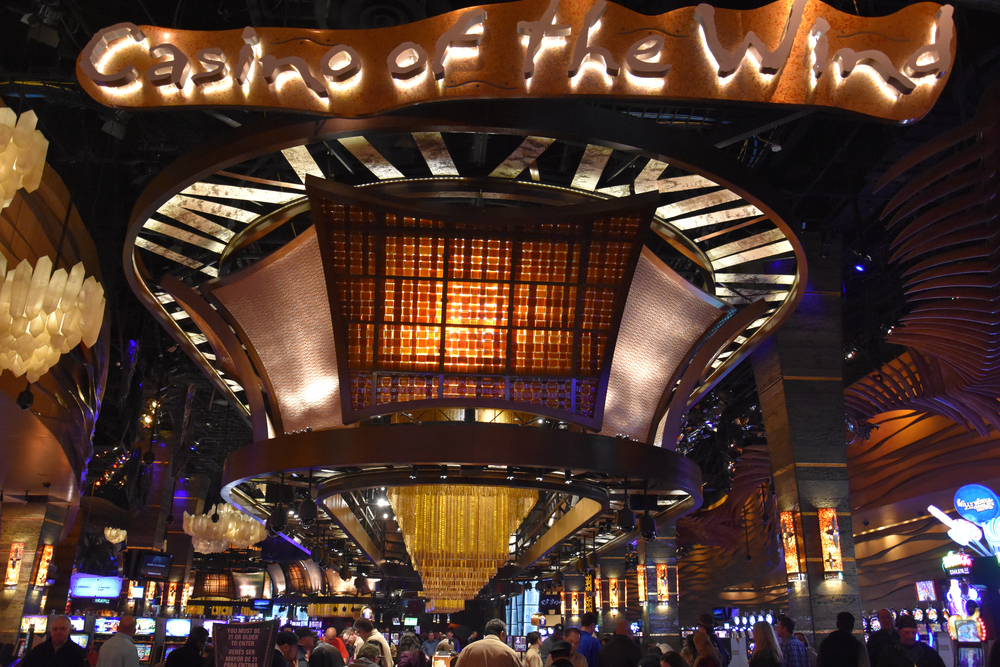
— Photo by sainaniritu
Similar to Foxwoods, this tribal casino functions as both a major employer and community resource. The gaming revenue supports tribal government operations and community programs, creating a relationship where locals often see the casino as their community’s economic foundation rather than their personal entertainment venue. This perspective naturally influences how tribal members and residents interact with the gaming aspects of the community.
Hard Rock Hotel & Casino, Atlantic City
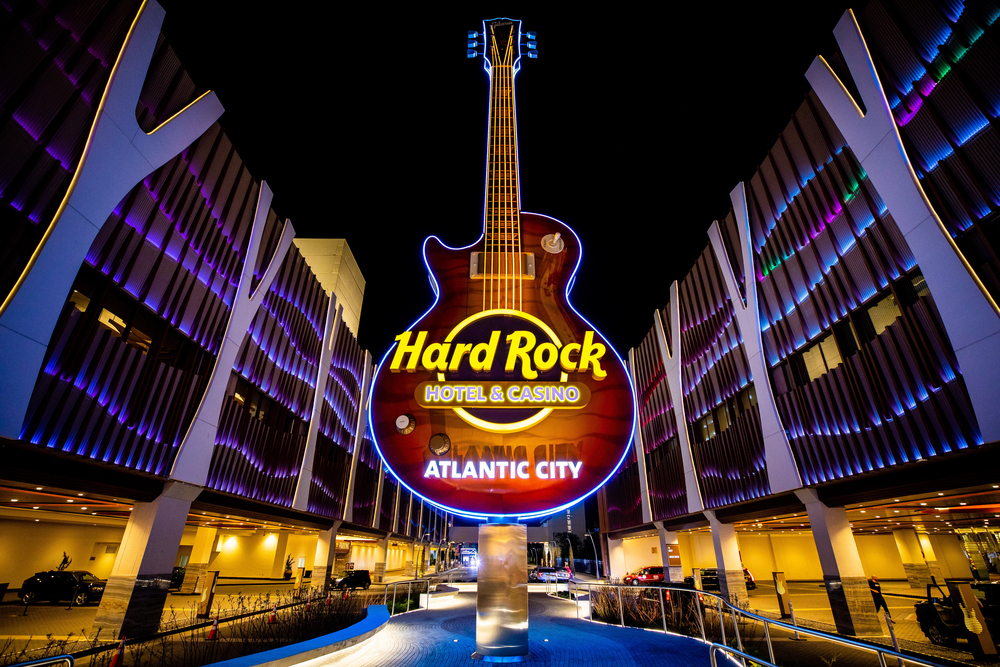
— Photo by sergey.miami2you.com
Like other Atlantic City properties, this casino draws visitors from across the region while serving as a workplace for many locals. The economic struggles that affected Atlantic City for years created a community dynamic in which residents often viewed casinos as essential employers rather than entertainment destinations. The tourist-focused amenities and marketing naturally cater to visitors making special trips.
Genting Highlands, Malaysia
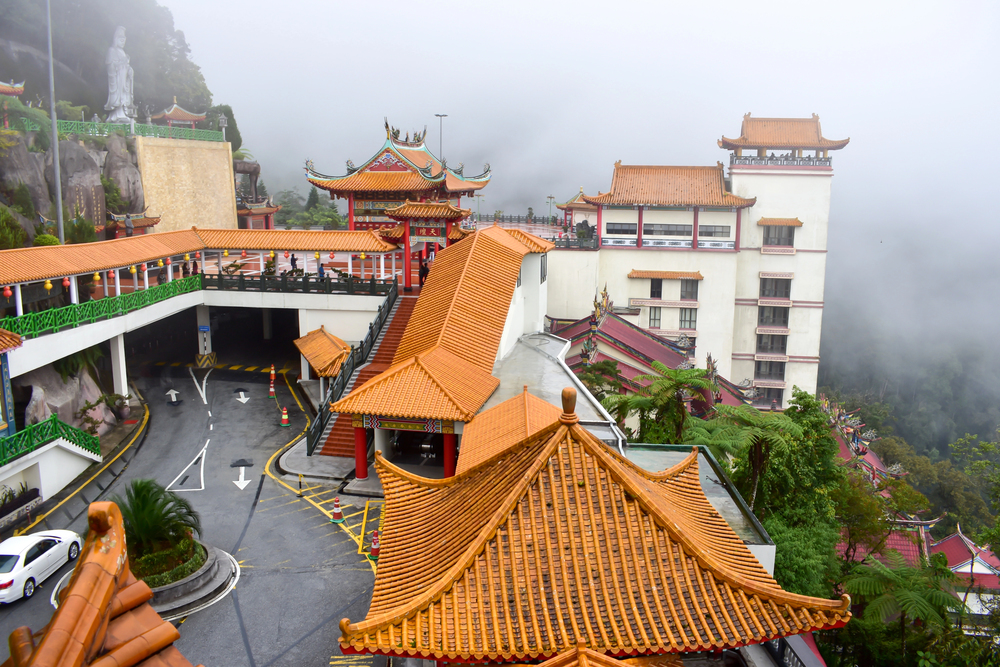
— Photo by ganesh005
Malaysia’s only legal casino operates in a mountain resort that feels worlds away from local communities. The distance, cost, and cultural factors mean most Malaysians view it as a tourist attraction rather than a gambling destination. Religious considerations also play a significant role in keeping locals away.
Sands Casino Resort Bethlehem, Pennsylvania
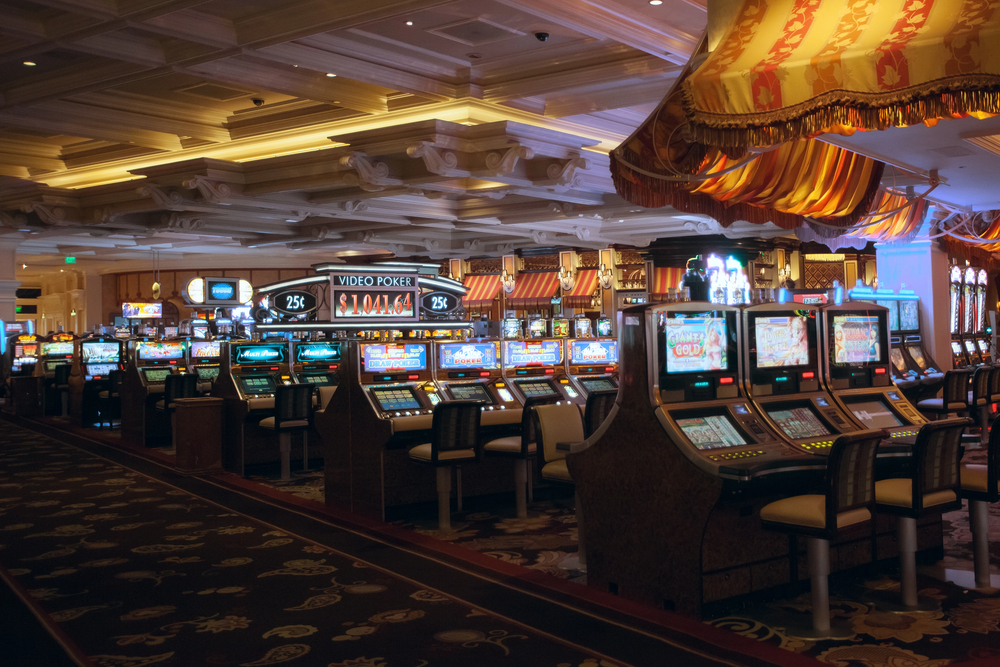
Located in a former steel town, this casino primarily serves visitors from New York, New Jersey, and the greater Philadelphia area. The transformation from heavy industry to entertainment destination created a venue that feels oriented toward regional tourism rather than local recreation. Bethlehem residents often work in casino-related jobs while the gaming floors cater to out-of-town visitors seeking a destination experience.
River City Casino, St. Louis, Missouri
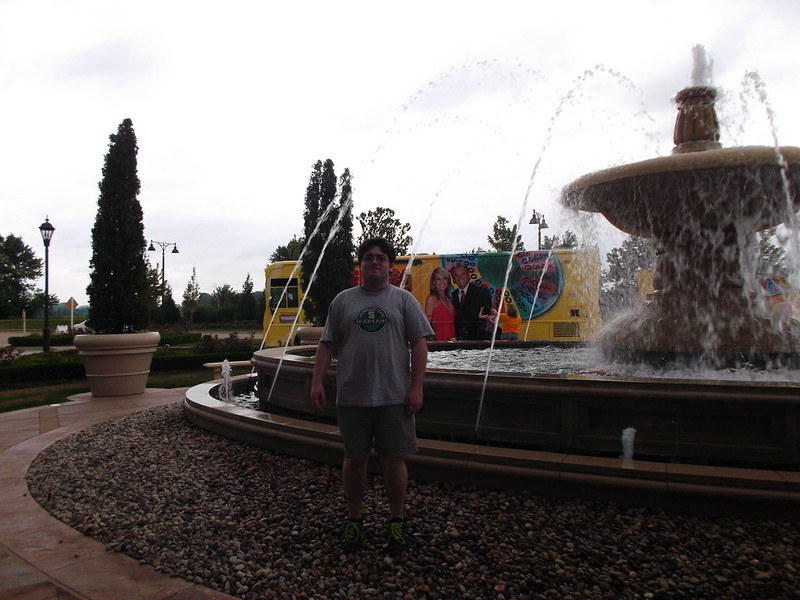
St. Louis is considered one of the Midwest’s best-kept gambling secrets, with gambling activities centered around the River City area. However, many locals in this economically challenged city can’t afford to participate in the recreational gambling that draws visitors from across the region.
Seneca Niagara Resort & Casino, New York
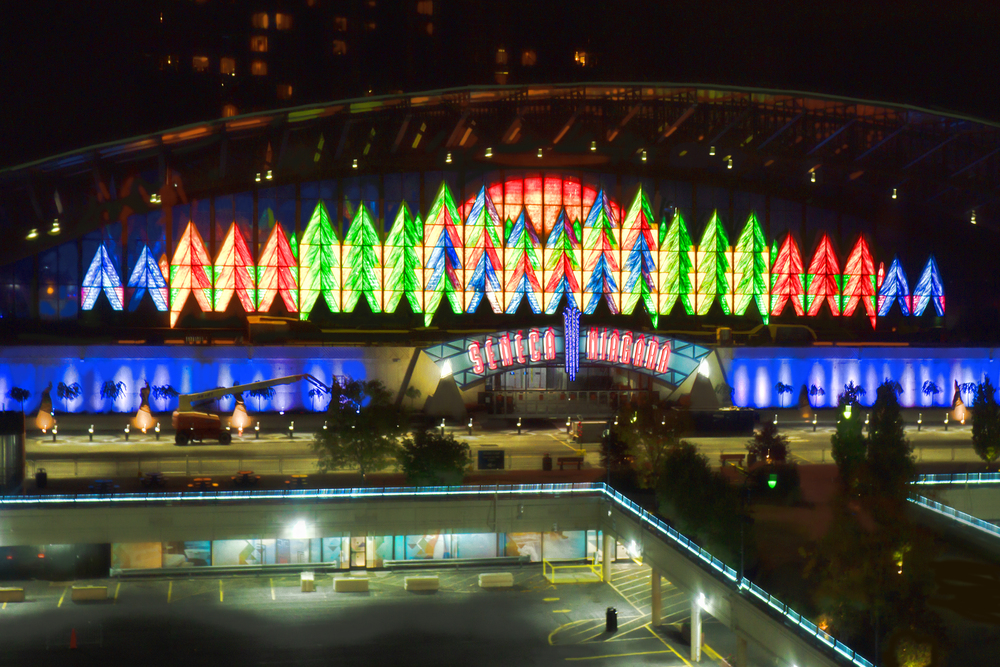
The Seneca Nation’s casino represents a success story in tribal gaming, having generated significant revenue since its opening in 2002. However, the casino culture often conflicts with traditional tribal values, creating a cultural dynamic where many tribal members appreciate the economic benefits while maintaining distance from the gambling activities themselves. The casino serves the nation’s broader economic goals rather than individual entertainment preferences.
Empire City Casino, New York

Located in Yonkers just outside New York City, this racino serves commuters and tourists traveling from the five boroughs and surrounding areas. The local community in this diverse, working-class area often interacts with the casino primarily through employment rather than recreation. The venue’s positioning as a convenient stop for New York City residents creates a dynamic where locals are more likely to be serving customers than being customers themselves.
Parx Casino, Pennsylvania

Situated in Bensalem, this casino draws heavily from the Philadelphia metropolitan area. Philadelphia has emerged as one of the fastest-growing gambling areas, but many casinos lack hotels and serve as day trip destinations. Residents often work there but can’t afford to be regular customers.
Isle of Capri Casino, Mississippi
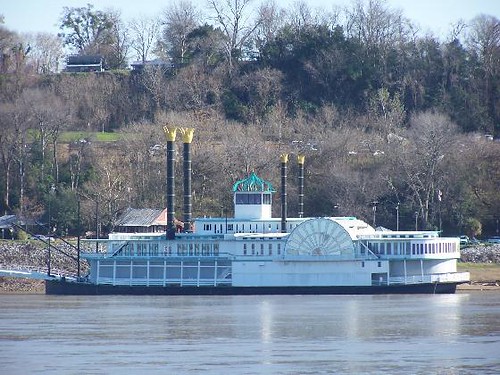
The Gulf Coast of Mississippi casinos brought in $1.09 billion in revenue in 2012, with casinos rebuilt after Hurricane Katrina. However, many residents still struggle economically from the hurricane’s long-term effects and can’t participate in the gambling economy they help support through their labor.
Turning Stone Resort Casino, New York
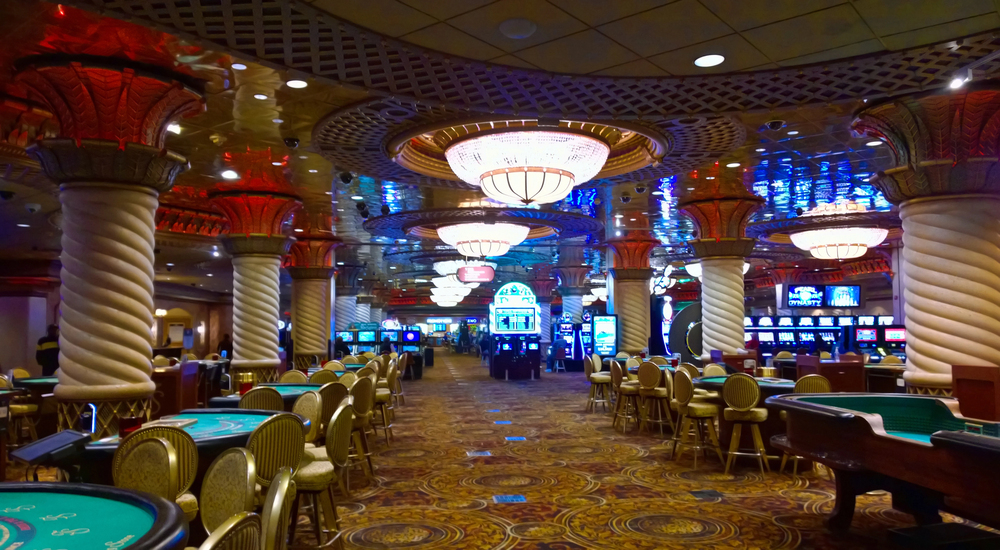
— Photo by debramillet
This Oneida Nation casino in central New York employs many locals from the economically struggling region. Rural economics mean most residents view the casino as a crucial employer rather than an entertainment option. The distance from major population centers makes it heavily dependent on tourist traffic.
Gun Lake Casino, Michigan
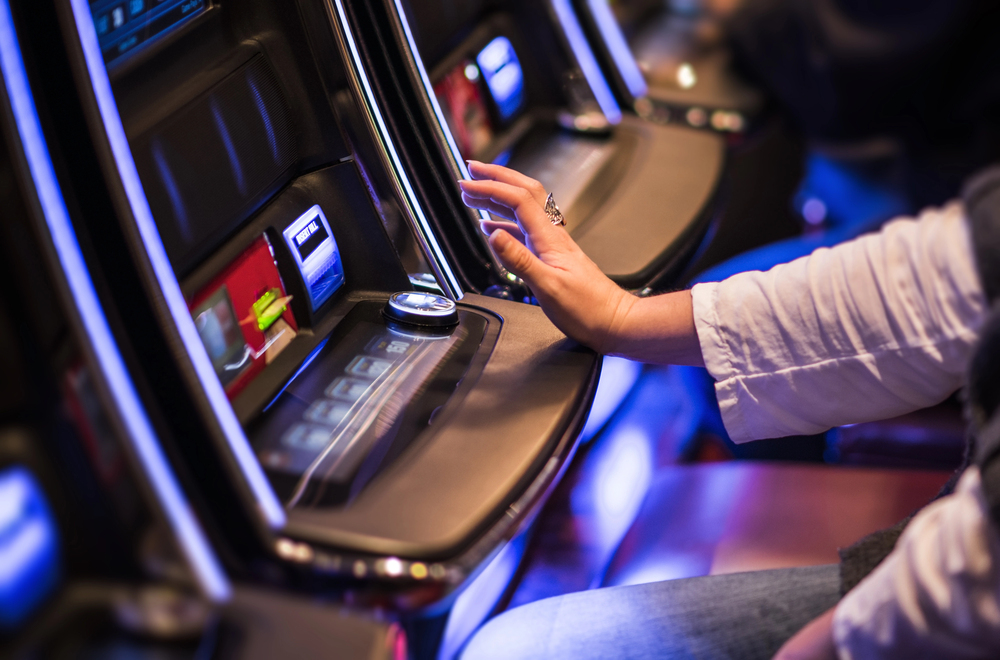
Located between Grand Rapids and Kalamazoo, this tribal casino serves a largely rural population. Many locals work in agriculture or manufacturing jobs that don’t provide the disposable income for regular gambling. The casino functions more as a regional tourist draw than a local entertainment venue.
Soaring Eagle Casino, Michigan
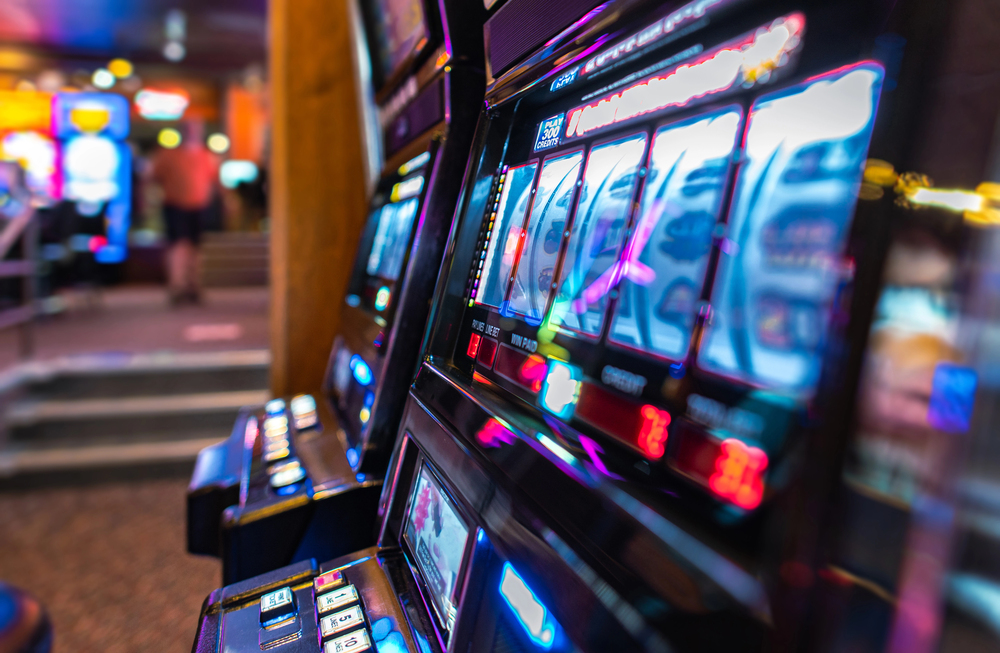
The Saginaw Chippewa tribal casino is situated in an economically challenged area of central Michigan. Many studies indicate that populations with higher incomes have better health outcomes, and casinos have been associated with improved per capita income for Native American communities. However, individual tribal members often still lack the personal funds for recreational gambling.
When the House Always Wins

The pattern across these destinations reveals different types of separation between locals and gambling. Some places, like Singapore and Monaco, have deliberate legal barriers designed to keep residents away from gaming floors. Others reflect economic geography, where massive resort-casinos naturally cater to tourists rather than daily local entertainment.
Still others show cultural dynamics, especially in tribal gaming, where casinos serve community economic development rather than individual recreation. The fascinating result is the same everywhere: billion-dollar gambling industries that operate alongside communities where the locals rarely play.
More from Travel Pug

- 20 Best Beach Towns in the Carolinas
- 13 Destinations Where Tourists Regularly Regret Their Trip
- 20 Things You Actually Get in First Class
- 20 Small Airports With Aviation Museums
- 20 Places in the U.S. That Are Perfect for a Reset Trip
Like Travel Pug’s content? Follow us on MSN.
